Humble giants of leadership Part 2

This series, written by OR Manager’s clinical editor, Judy Mathias, MA, RN, presents the management approaches of top leaders from around the country and describes the qualities that make them exemplary leaders.
These articles are intended to inspire nurse leaders to achieve the highest levels of success in their careers and to be excellent role models for their staffs.
This article introduces the leadership philosophies of Atul Gawande, MD, MPH. Dr Gawande is a general and endocrine surgeon at Brigham and Women’s Hospital, a professor in the department of health policy and management at Harvard School of Public Health, and professor of surgery at Harvard Medical School, all in Boston. The article begins below
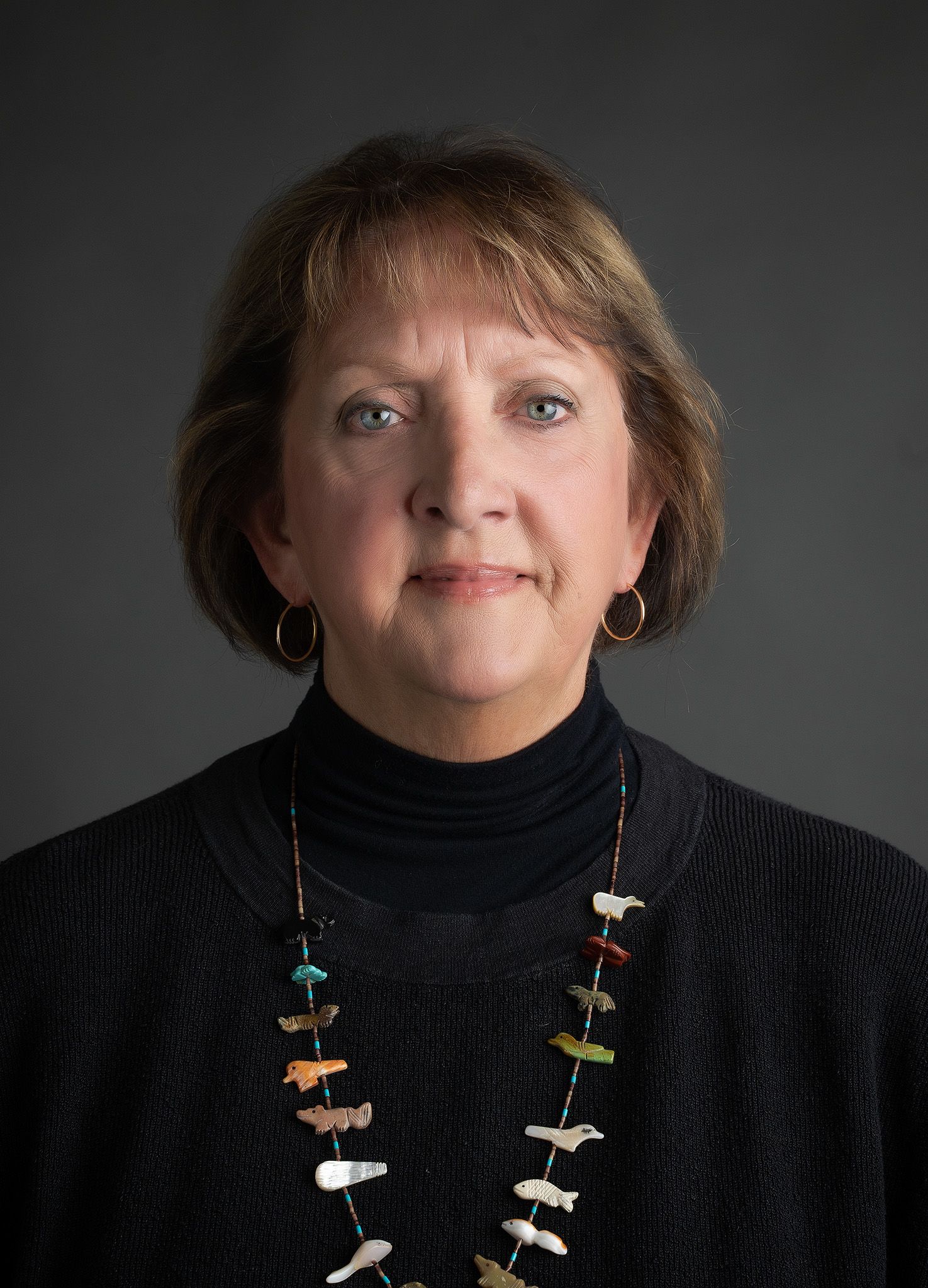
Judith M. Mathias, MA, RN
Judith M. Mathias, MA, RN
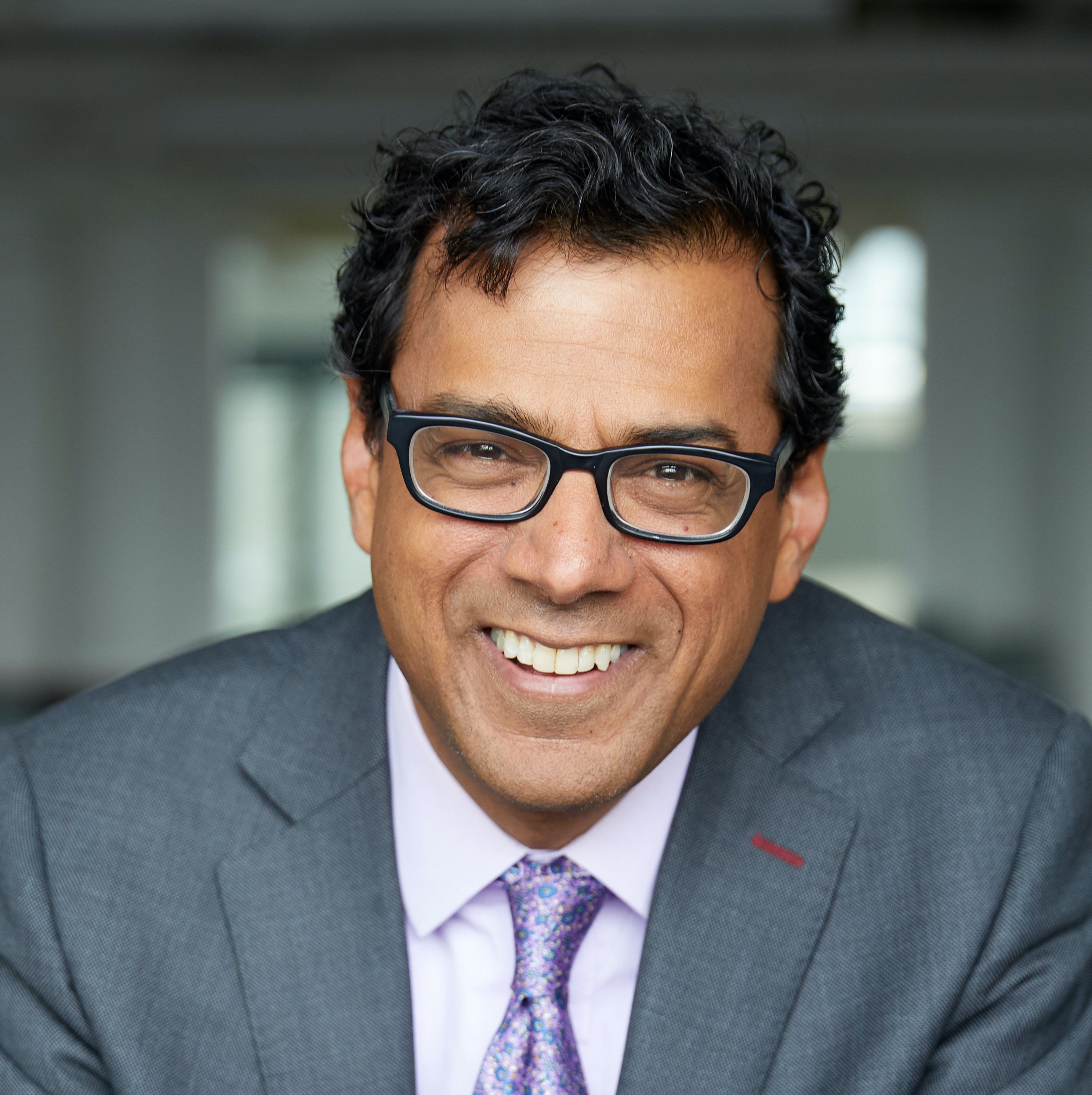
Atul Gawande, MD, MPH
Atul Gawande, MD, MPH

Leadership principles can be learned across many sectors and from many individuals, whether football coaches, airline pilots, Navy SEALS, or cowboys. Succeeding at managing complexity in any profession depends on having moral clarity about goals, teamwork, and attention to details.
“To improve in the face of complexity and become great at what you do, look at how top achievers in other professions have become successful,” advises surgeon, author, and public health researcher Atul Gawande, MD, MPH.
There are two main views, he says. “One is the traditional view of education: You go to school, you study, you practice, you learn, you graduate, and then you go out into the world and make your way on your own.”
He gives the example of the legendary Juilliard violin instructor Dorothy DeLay, who trained a number of violin virtuosos. What DeLay worked on most was instilling her students with habits of thinking and learning so they could make their way in the world without her when they finished studying.
The second view comes from sports, which is that: “No one is ever done, and even the greatest in the world, no matter the profession, needs a coach.”
Dr Gawande cites two coaching examples that have led to greatness:
- In 1875, Harvard and Yale played one of the very first football games with American rules. Yale hired a coach; Harvard did not. Over the next three decades, Harvard won just four times. Finally, Harvard hired a coach, and having a coach has been an integral part of sports ever since.
- Violinist Itzhak Perlman has always had a coach. His wife, who also is a violinist, gave up her career to be his coach. She sits in the audience, observes him, and then gives him feedback. Her coaching has been central to everything he has become.
“It turns out, there are numerous problems in making it on your own,” says Dr Gawande. “You don’t recognize the issues that are standing in your way, or if you do, you don’t necessarily know how to fix them. The result is that somewhere along the way, you stop improving.”
Dr Gawande says he realized this was happening to him as a surgeon. After entering practice in 2003, he had a steady upward improvement in his learning curve. His complication rates dropped from one year to the next, but after 5 years, they leveled off, and a few more years after that, he realized he no longer was getting better. It was at this point that he began to consider a coach.
“To actually pay someone to observe me in the operating room and critique me seemed absurd,” he says, “but I did it anyway.”
He asked a retired professor of his to accompany him to the OR and watch him. At the end of the first procedure, Dr Gawande says he felt the case had gone beautifully, and he didn’t think his former professor would have much of anything to tell him.
Instead, the professor gave him a whole page of questions and comments. Among them were:
- “Did you notice that the light had swung out of the wound during the case? You spent about a half hour just operating off light from reflective surfaces.
- “Did you know that your elbow goes up in the air once in a while? That means you are not in full control. Your elbows should be down resting comfortably. If you feel your elbow going in the air, you should get a different instrument or just move your feet.”
It was just small things, Dr Gawande says, but they gave him a whole different level of awareness.
His former professor did for him what great coaches do, he says. “They are your external eyes and ears, providing a more accurate picture of your reality. They are recognizing the fundamentals. They are breaking your actions down. And then they are helping you build them back up.”
After 2 months of coaching, Dr Gawande says he felt himself getting better again. After a year, his complication rate dropped further than ever before. “Being observed was painful,” he says. “I didn’t like it, but it made me realize that coaches were onto something profoundly important. They help build skills and address weaknesses.”

Dr Gawande incorporated what he learned from coaching into a checklist he developed for an initiative on global childbirth in India. This checklist breaks down the fundamentals and critical actions a team needs to go through when a woman comes into the hospital in labor, when she is ready to push, when the baby is out, and when the mother and baby are ready to go home.
He knew that just handing out a checklist wasn’t going to change things very much, nor was just teaching it in a classroom.
He decided to replicate what he learned about coaching on a large scale. He and his colleagues partnered with the government of India and ran a study in 120 birth centers. Half of the centers’ staff workers received no coaching, and the other half did.
Dr Gawande says he and his team “trained an army of doctors, nurses, and managers to be coaches.” The most important skill they had to optimize was communication. “We trained nurses to speak up when something wasn’t right, and we trained managers in how to listen,” he says. In the end, they coached some 400 nurses and birth attendants as well as 100 physicians and managers.
They tracked their results across 160,000 births. The control group with no coaching delivered on only a third of 18 basic birth practices that were being measured, and it had no improvement over the course of the study.
The study group received 4 months of coaching, and the coaching then tapered off over 8 months. That group increased the number of birth practices they delivered by greater than two-thirds.
“We could see that it worked,” he says, “which suggests that coaching could be a whole new way to bring value to healthcare.”
Dr Gawande also developed a safety checklist for surgical cases. Inspired by the checklist used in the airline industry, he enlisted a Boeing safety engineer to work with him. Just as in the cockpit, performing surgery requires discipline, teamwork, and doing certain things the same way every time, he says.
Dr Gawande’s Surgical Safety Checklist ensures proven procedures at three stages—before induction of anesthesia, before the incision is made, and before the patient leaves the OR.
Also implied in the checklist is the belief that anyone in the room can make a surgical procedure better, no matter who they are or how inexperienced, just by speaking up.
With the launch of the Surgical Safety Checklist, Dr Gawande says, the norm of the OR changed from “the autonomy of the surgeon being number one to the autonomy of the surgeon taking second place.”
Since then, surgeons and nurses who adopted the checklist have elevated their teamwork and reduced mortality. Those who turned it into just a check box exercise have had no reductions in deaths, he says.
In his book, The Checklist Manifesto, Dr Gawande reveals what checklists can and can’t do in a variety of fields, from medicine and disaster recovery to professions and businesses of all kinds.
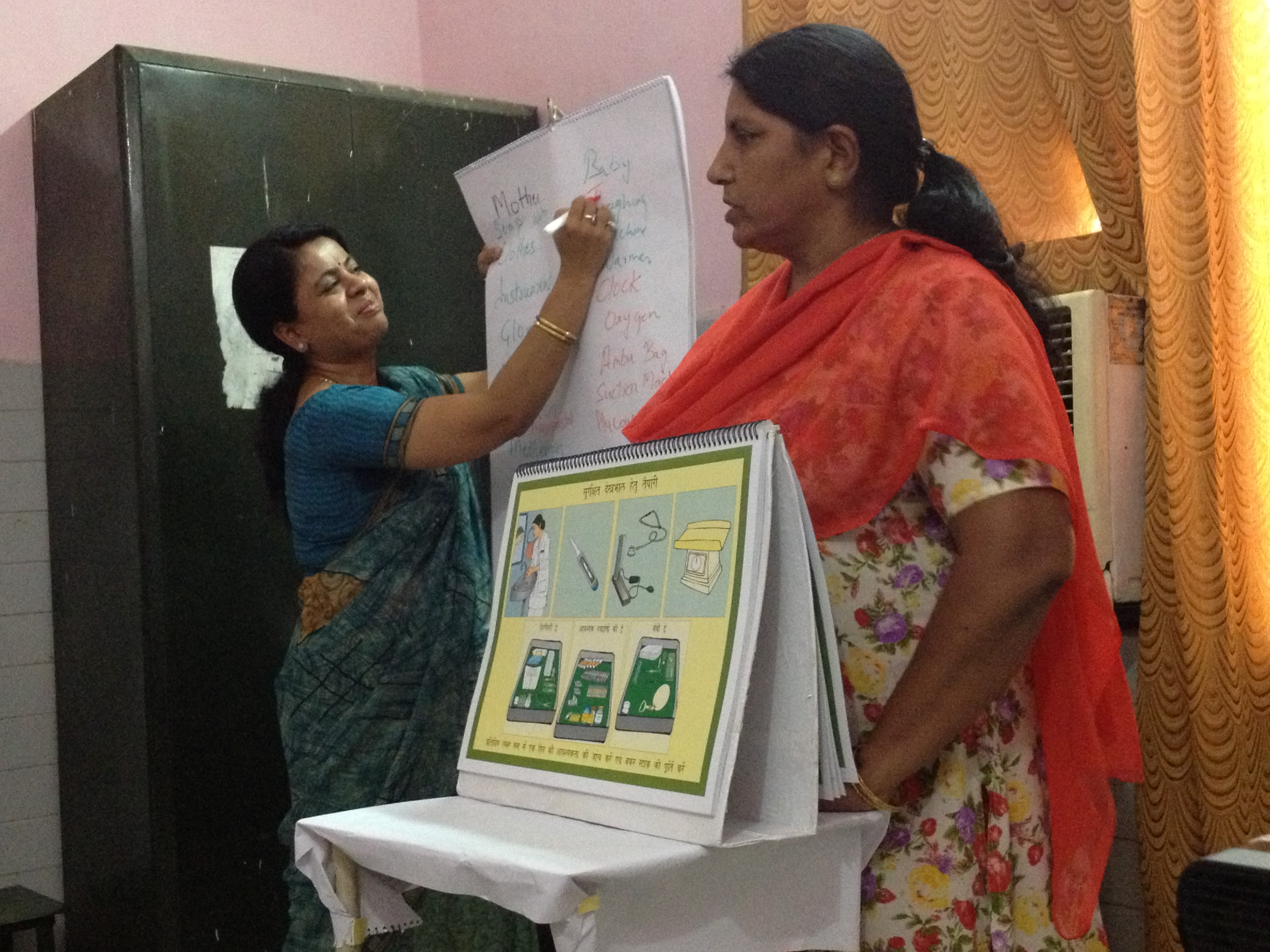
BetterBirth coaches introduce the Safe Childbirth Checklist in Uttar Pradesh, India. Source: Ariadne Labs, Boston.
BetterBirth coaches introduce the Safe Childbirth Checklist in Uttar Pradesh, India. Source: Ariadne Labs, Boston.
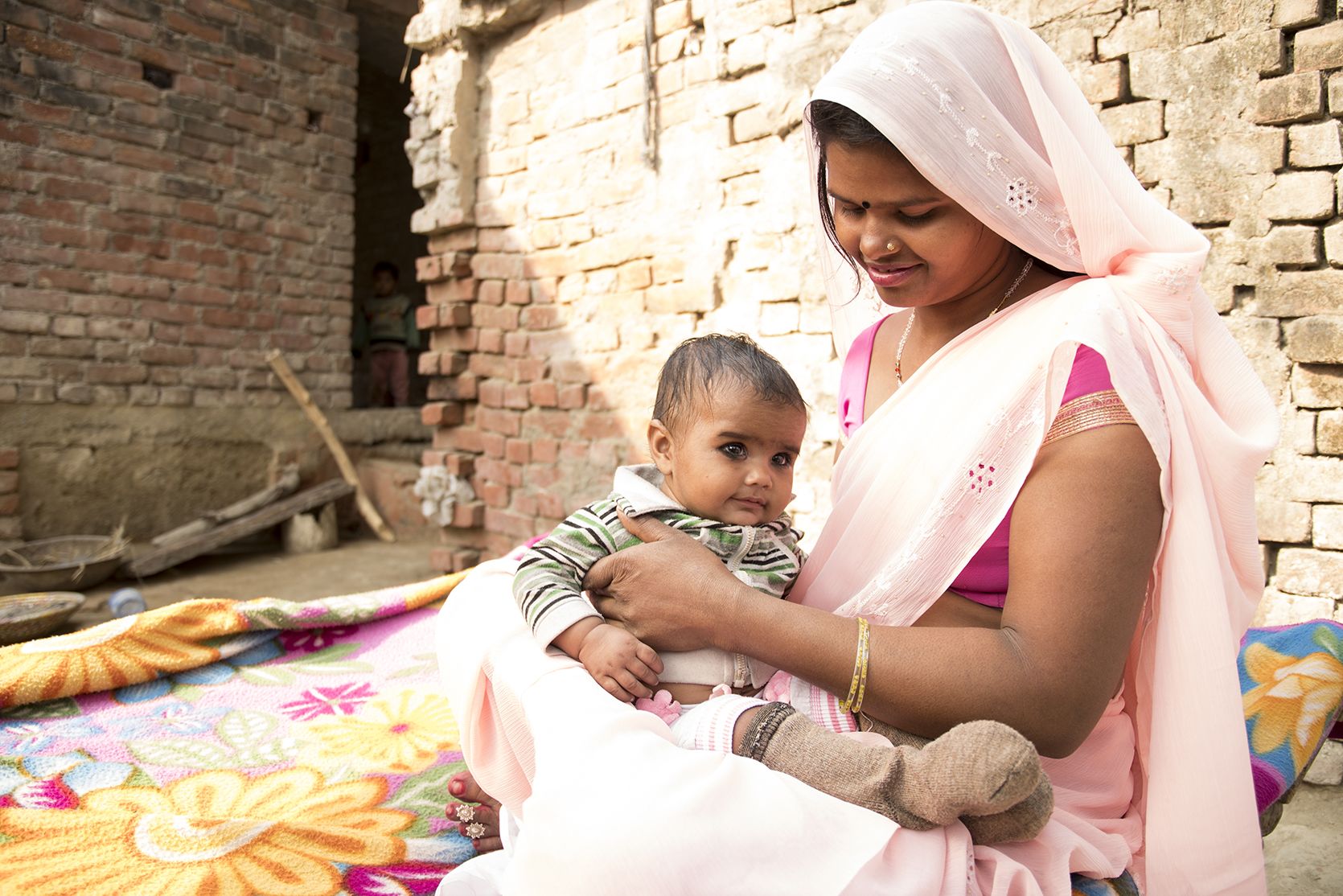
Mom Pinki holds baby Kushi, born July 23, 2016, one of more than 150,000 babies delivered during the BetterBirth study in Uttar Pradesh, India. Source: Ariadne Labs, Boston.
Mom Pinki holds baby Kushi, born July 23, 2016, one of more than 150,000 babies delivered during the BetterBirth study in Uttar Pradesh, India. Source: Ariadne Labs, Boston.
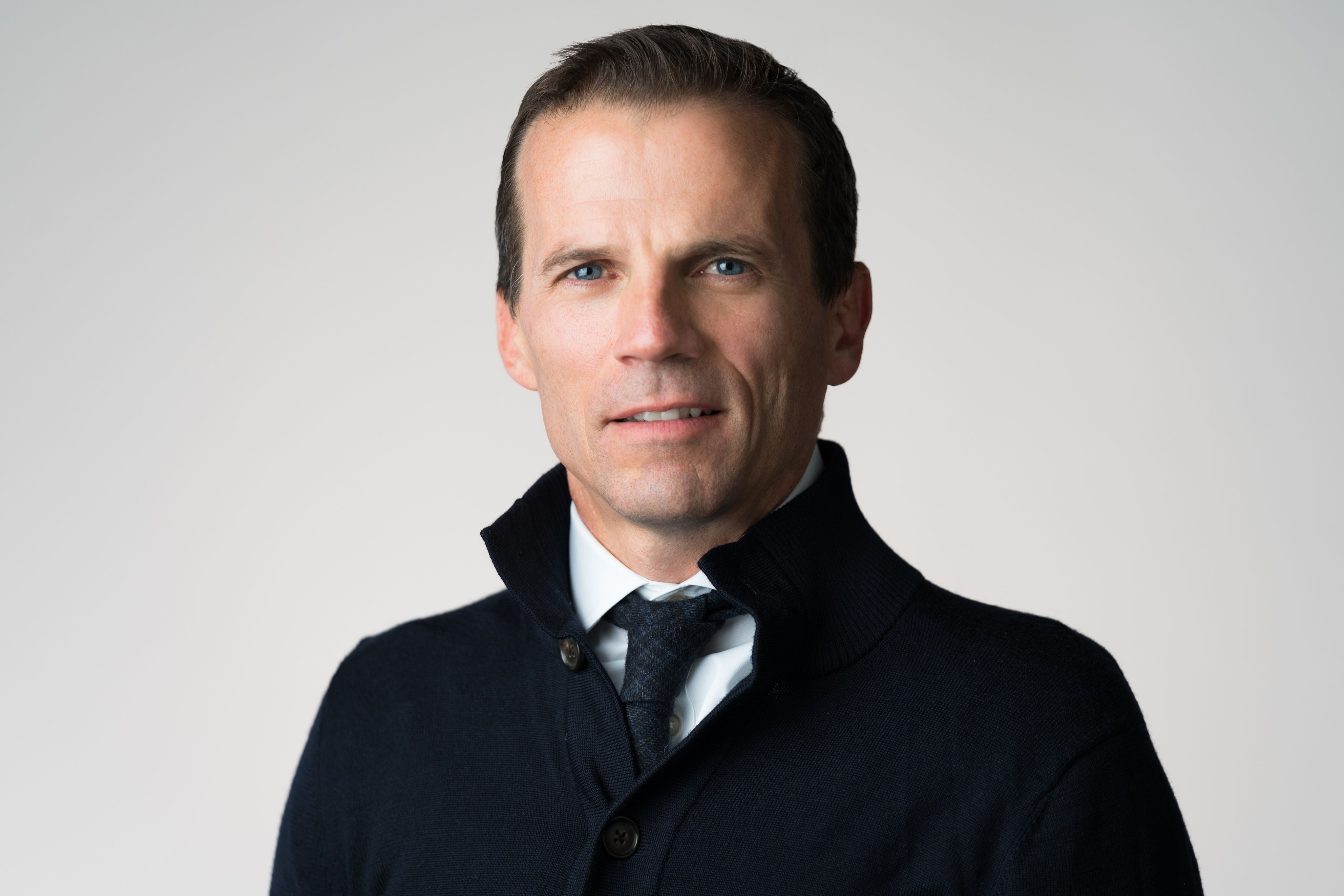
Chris Fussell
Chris Fussell
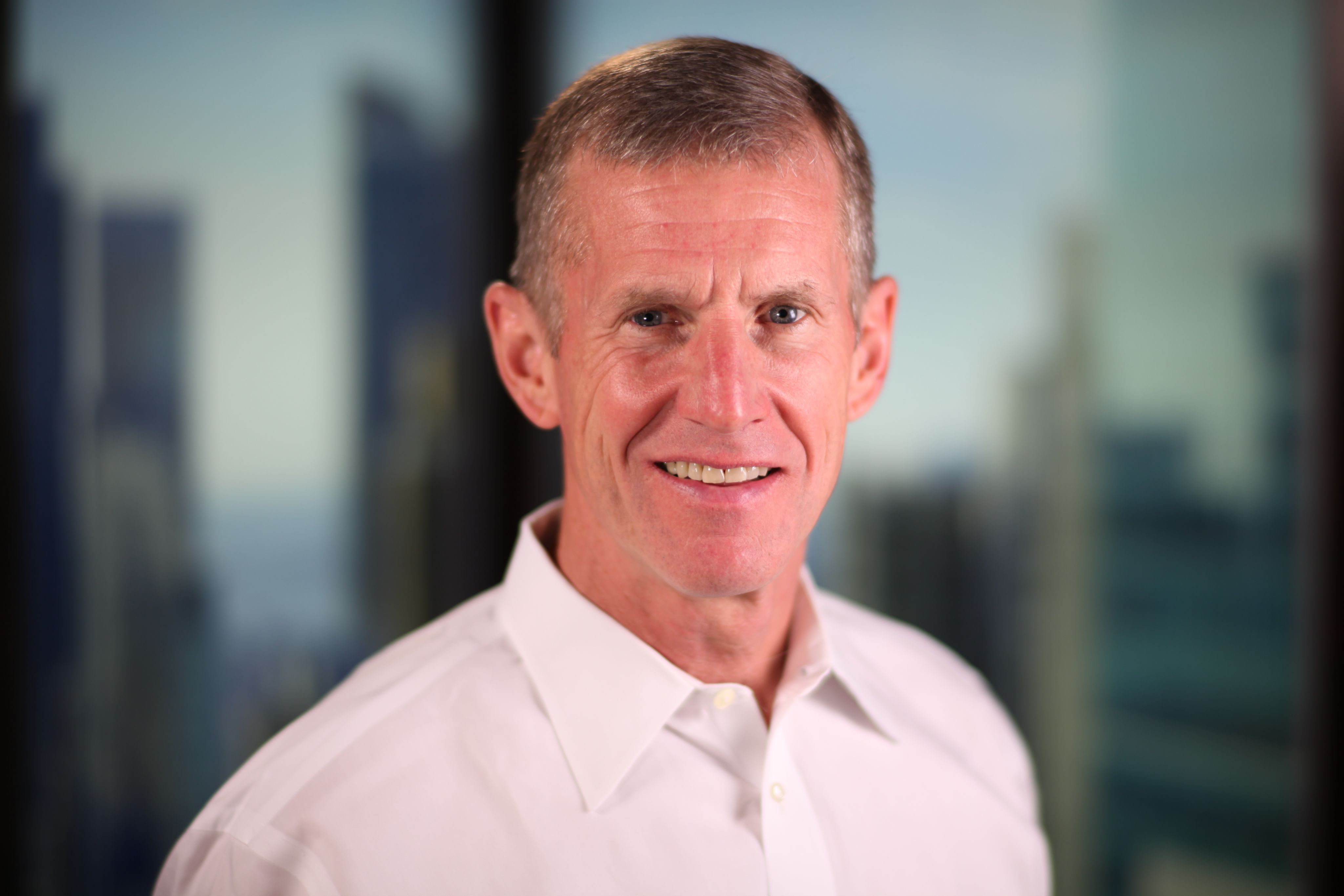
General Stanley A. McChrystal
General Stanley A. McChrystal

US Special Operations personnel prepare to board UH-60 Black Hawk helicopter. Source: Department of Defense.
US Special Operations personnel prepare to board UH-60 Black Hawk helicopter. Source: Department of Defense.
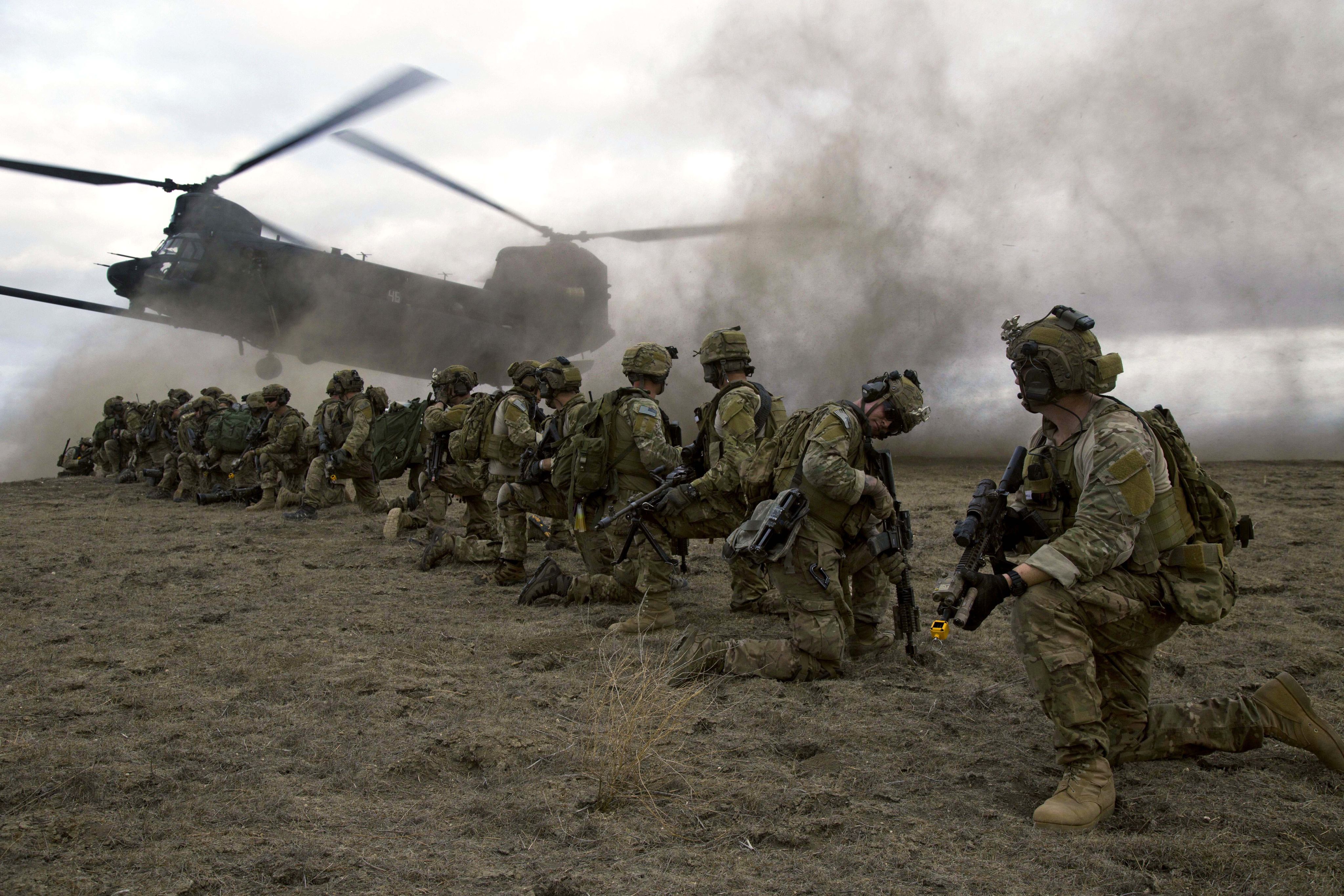
US Army Rangers prepare to board CH-47 Chinook helicopter. Source: Department of Defense
US Army Rangers prepare to board CH-47 Chinook helicopter. Source: Department of Defense

The Checklist Manifesto was one of the first books by a leader outside the military that former Navy SEAL Chris Fussell read. “It takes complex things, breaks them down into simple steps, and gives a person white space to think about more complex ideas,” he says.
The book showed him many ways checklists saved lives that he could use as an operations officer in a combat zone, he notes. “I literally changed some functions inside the operations center in a 3- or 4-month period after reading the book,” he says.
Fussell joined Dr Gawande and retired Army Four-Star General Stanley McChrystal of the McChrystal Group, in a March 23, 2021, podcast that discussed checklists as well as the response to COVID-19 by world leaders.
Fussell credits McChrystal with encouraging him to read about leaders in other professions, not just military and political, when he was a member of McChrystal’s staff some 9 years into his Naval career.
“A big takeaway from reading The Checklist Manifesto is, there is so much to learn from leaders in different sectors that might not be obvious right out of the gate,” says Fussell. “Any organization would benefit from thinking more deeply about how to pull people together to create and drive a culture in which everyone strives to be on their ‘A’ game.”
Fussell draws parallels between becoming a SEAL and becoming a surgeon. “Most people don’t join SEAL teams because they want to be led,” he says. “They want to be SEALs. They want to be in charge of the mission. They want to be first through the door, going into harm’s way.”
There is a similar dynamic in healthcare. “You don’t go to medical school because you want to work for a hospital administrator. You go to medical school because you want to be a physician,” says Fussell.
“The truth is, we all have the ‘Lake Woebegone’ syndrome; we all think we are above average,” says Dr Gawande. “I wouldn’t have become a surgeon, and you wouldn’t have become a SEAL if we didn’t have that elevated self-confidence,” he says. “But also, we couldn’t have remained at the top of our games without the humility to recognize that we are constantly learning, and that we need the help of everyone on the team to get us to where we need to go.”
US Special Operations personnel prepare to board UH-60 Black Hawk helicopter.
Source: Department of Defense.
Fussell adds that although members of a SEAL team are very dynamic in their thinking, it can come at a cost of not enough structure at times. He gives the example of sitting in an operations center one night watching a Navy SEAL team and an Army team load onto helicopters after a mission.
As the Army team’s helicopters came in to pick them up, he says, they got into rows like kindergarten children ready to board a bus. They were on their helicopter in perfect order in 12 seconds.
When the SEAL team helicopter landed, the SEALs made a mad dash and let everyone figure it out on their own. “This is fine 97% of the time,” he says, “but it’s knowing when we should put in that extra little bit of structure that will help us in the times we least expect it.”
McChrystal notes that externally, a SEAL team exhibits a “cowboy” attitude that they want everyone to see, but they are extraordinarily disciplined, and they know the importance of being a part of a team. “They are willing to subordinate a lot of things to maintain that connection to their team. It’s their ‘leave no man behind culture’ that is so powerful,” he says.
“Even cowboys are disciplined, and even cowboys use checklists,” says Dr Gawande, telling a story of the time he sat next to a “real live cowboy” on an airplane flight. He asked the cowboy how he did his job—how he moved hundreds of cattle across miles of terrain.
The cowboy explained that there are different kinds of cowboys, each with different positions. The cowboys are all in constant communication. They have protocols, and they have a game plan on how they will move forward.
The cowboys also have processes for when one of the cattle becomes sick, and they have specific inoculations and medications they give them.
What it comes down to, says Dr Gawnde, is: “Cowboys work as a team. Cowboys have a clear mission. Even cowboys have checklists.”

When General Dwight David Eisenhower was given command of Allied Forces for the invasion of Normandy, he received a clear, straightforward order to enter the continent of Europe and destroy the armies of the Third Reich, says McChrystal. However, in the war against COVID-19, there was no clear mission statement.
“What could have been done to help the American people understand, better, what they were fighting?” he asks.
Dr Gawande answers that the single most important tool the healthcare profession has is communication.
“Both public and private healthcare professionals, with the limited knowledge they had in December, should have been able to come to an agreement on what the priority was, communicate that priority, and then connect healthcare assets, capabilities, and knowledge to that priority,” he says. “There is no question that the failure of the US in its fight against COVID-19 was that it didn’t decide early on that the virus was a problem and that the country needed to make a commitment to fight it.”
The ability to sequence the virus was released from China by mid-January, which then allowed for the development of tests for the virus. Within 5 days, South Korea’s clinical laboratories developed their first tests and had them approved by the equivalent of their Food and Drug Administration.
“We didn’t do that,” says Dr Gawande. “We were in a place where it felt politically treacherous to even acknowledge that this could be a danger.”
He gave the analogy of a physician not wanting to acknowledge that a patient has a terrible disease for fear of upsetting the patient. In the case of COVID-19, it could have been for fear of hurting the economy, he says. “We were in need of straight talk, alignment, and teamwork between the scientists and the political leaders on what knowledge they had on the virus.”

Fussell compares the lack of seriousness about the COVID-19 virus to the lack of seriousness by senior leaders at NASA before the Challenger explosion in 1986. An engineer at NASA tried to explain that the rocket booster’s O-ring would not survive takeoff. Even though he knew it would explode, he couldn’t convince people of the seriousness of the situation.
“Is part of our lesson that we need better pathways for those subject matter experts to be able to speak more loudly to the right leaders and somehow cut the politics out of the way?” asks Fussell.
There were a lot of radars going off that this virus would be serious, says Dr Gawande. Though he says he was “in the middle of the pack” when his radar went off, he had colleagues who were saying in December: “This thing in Wuhan is alarming.”
Some of his colleagues began developing a coronavirus test in January, while others thought there were more pressing needs for their resources. This was being replicated around the country, Dr Gawande says, until, in an instant, it became a global discussion. Then, everyone started saying: “We should be doing more. We should be developing a test.”
He notes that a group of test developers in Boston who were ready to go, but couldn’t get the resources they needed, were actively being told by the Department of Health and Human Services to stop working with live viruses and to not deploy what they had already developed.
“They did not stop,” he says, “which was important because 2 weeks later, the message changed, and there was a call for tests to be developed as quickly as possible.”
The “real mess,” says Dr Gawande, was in the higher-level leaders’ questioning of whether to bring in resources and make a national commitment to fight the virus or to look at it as if “Pearl Harbor” was about to occur.
Before Pearl Harbor, he says, each city and state had a different plan on what they were going to do if the Japanese attacked. Some raised an army, and some said the Japanese weren’t going to attack, or if they did, it wouldn’t be too bad.
McChrystal likens this scenario to the early days of the Iraq War, when they weren’t allowed to use the word insurgency or refer to it as a war. “People were saying it was something else, yet they were shooting at us, and we were shooting at them,” he says.

“We undermine trust when the narrative put out there isn’t entirely honest,” says McChrystal.
“One of the interesting things about the pandemic,” says Dr Gawande, “is that trust in scientists and trust in the medical profession has grown, even if trust in specifics has waned in some instances, such as whether masks work or whether one treatment is sound or not.”
He compares the public’s reaction to the pandemic with the public’s reaction to the discovery of anesthesia and to the discovery of antisepsis, two things that dramatically changed surgery.
After the first public demonstration of ether anesthesia at Massachusetts General Hospital, Boston, in the fall of 1846, the practice spread within weeks to every capital in Europe and major cities of the US. Within 6 years, every hospital was providing anesthesia as part of surgery. However, when surgeon Joseph Lister, in the mid-1860s, showed that antisepsis could stop postoperative infections—the biggest killer of surgical patients—it took more than a generation for antisepsis to become widely used in healthcare.
The big difference between the two was that anesthesia resolved a visible problem with an immediate effect, and the effects of antisepsis were invisible and delayed. Because an infection doesn’t kill a patient for 2 to 3 weeks, the action of antisepsis was disconnected from the end point of death.
Another difference was that anesthesia was not only good for patients, it was good for surgeons and nurses. Before anesthesia, the patient would have to be pinned down, and the operation typically lasted 60 to 120 seconds. “The surgeons loved anesthesia, and they were the ones who drove it and sold it,” says Dr Gawande.
Contrast that with surgeons applying Lister’s carbolic acid antiseptic solution to a patient’s skin and using it for hand cleansing. “It was literally pain now for gain later,” he says.
Dr Gawande notes that the public’s reaction to the COVID-19 pandemic is more like the reaction to the discovery of antisepsis—“76% of the spread comes from people aged 20 to 49, who distrust the data and don’t want to change their lives for those over 55 and those with comorbidities, who make up 93% of deaths.”
He says the constant thing he hears is: “Well, everybody has their own data and their own facts,” or “It’s my science against your science.” The thing that has yet to be learned by the public, he says, is “how to recognize pseudoscience from real science.”

A key lesson Fussell says he learned as a Navy SEAL that can be applied to the pandemic is that it’s all about the people. “Whether that’s staying connected with the people in the regions where you were engaged in combat or staying engaged with the caregivers and public during a pandemic, you can’t abandon them. If you do, they are not going to be your friends, and there will be long-term problems for the future.”
Dr Gawande says the key lessons he has learned are the same as Fussell’s. “You have to pay attention and stay connected to what is happening to people in real life. When you do that, you cannot sustain the view that this is just a flu or that the tests are fake.”
What medicine teaches is: “We cannot afford to ignore a person’s pain and suffering in front of us. When we have gone wrong, it’s always been when we don’t acknowledge the suffering.” ✥
Editor’s Note: In addition to his work as a surgeon and professor, Dr Gawande is founder and chair of Ariadne Labs, a joint center for health systems innovation; chair of Lifebox, a nonprofit that works on reducing deaths in surgery globally; and the author of four books and numerous articles for The New Yorker magazine. Dr Gawande stepped down as CEO of Haven in May 2020 to focus on public policy around COVID-19, and he was a member of the new administration’s COVID-19 transition advisory team.
Commentary from retired Army four-star General Stanley A. McChrystal, founder and CEO of the McChrystal Group LLC, an advisory service, management consulting, and leadership development firm, and former Navy SEAL Chris Fussell, president of the McChrystal Group, provides examples of how Dr Gawande’s philosophies can be used in other fields. Dr Gawande has tapped McChrystal and Fussell to work with him at the city, state, and national levels to provide advice and guidance on team building to fight a crisis.
